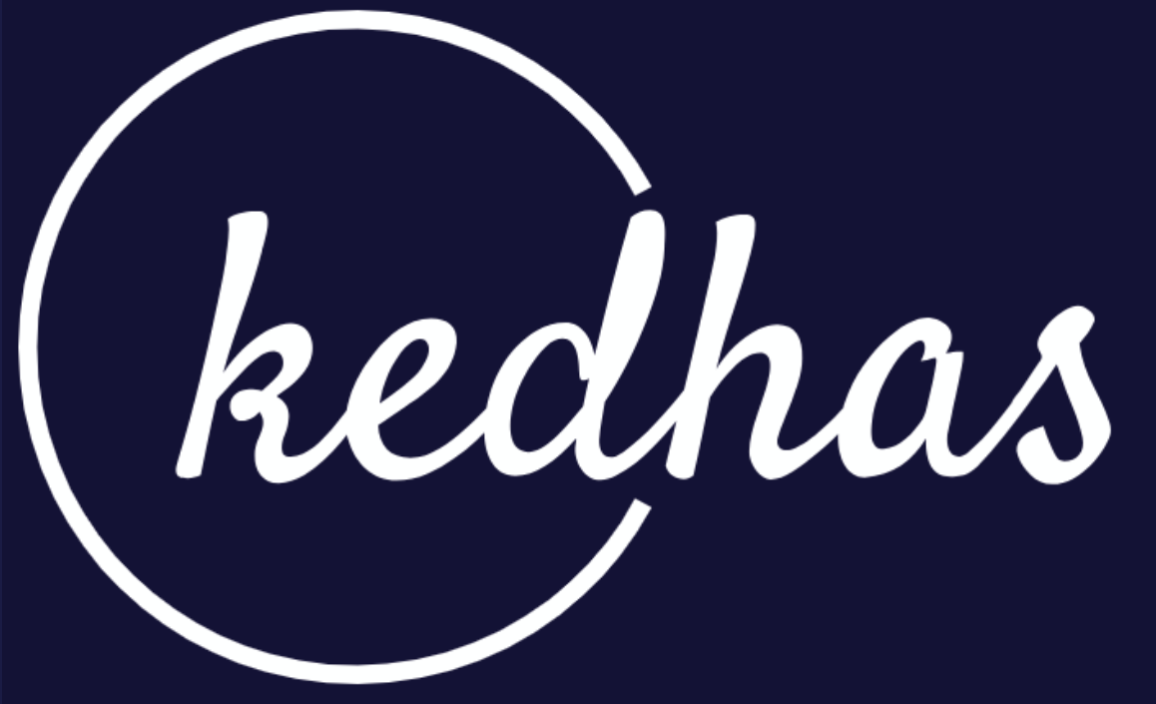Optionals
Optionals are a powerful feature in Swift that allow you to represent the absence of a value or a null value for a variable. They are especially useful when you're dealing with operations that may or may not yield a result. This section will help you understand what optionals are, how to declare them, and how to safely unwrap them to access the underlying value.
Declaring Optionals
Optional Syntax
In Swift, you declare an optional by appending a ? to the type of the variable.
var name: String? // This variable can contain a String or be nilSetting Optionals
You can set an optional variable to a value or to nil to indicate the absence of a value.
name = "John"
name = nilUnwrapping Optionals
Forced Unwrapping
You can use forced unwrapping to access the value of an optional. However, this is risky and can lead to runtime errors if the optional is nil.
let unwrappedName = name!Optional Binding
A safer way to unwrap an optional is to use optional binding with if let or guard let.
if let unwrappedName = name {
print("Name is \(unwrappedName)")
} else {
print("Name is nil")
}guard let unwrappedName = name else {
print("Name is nil")
return
}
print("Name is \(unwrappedName)")Nil Coalescing Operator
The nil coalescing operator ?? allows you to provide a default value for an optional.
let unwrappedName = name ?? "Unknown"Optional Chaining
Optional chaining allows you to call properties and methods on optional that might currently be nil.
let length = name?.countConclusion
Understanding optionals is crucial for writing safe and efficient Swift code. They allow you to handle the absence of values gracefully without leading to runtime errors. Learning how to declare, unwrap, and use optionals will make you a more proficient Swift developer.
Book a conversation with us for personalize training today!

